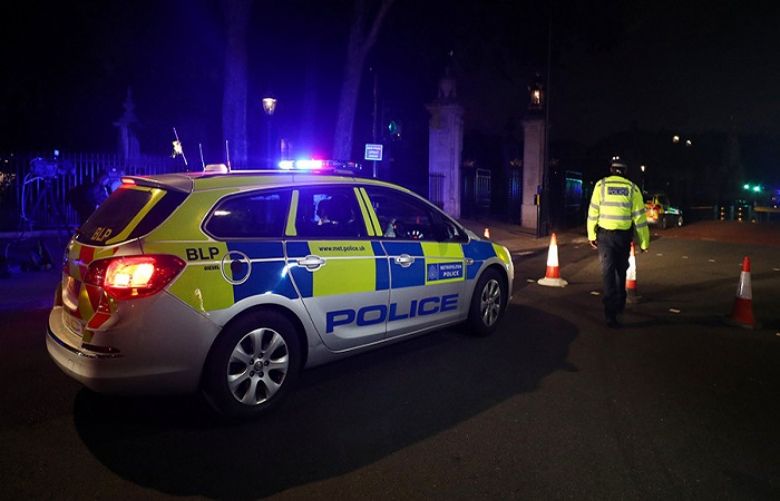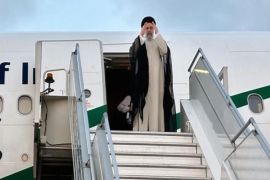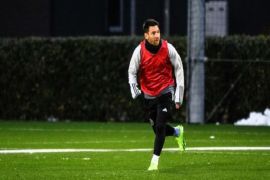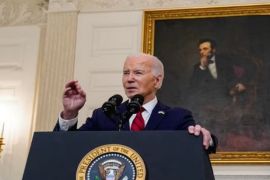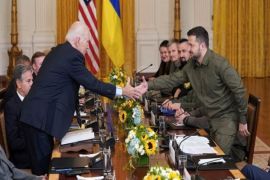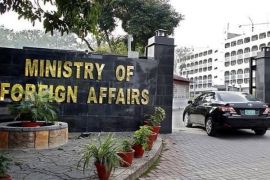A man wielding a knife was shot dead on Friday after wounding a soldier in Brussels in an “attempted terrorist murder”; in London, counter-terror experts were investigating a similar attack on police near Buckingham Palace.
The two incidents come as much of Europe is on high alert following a string of major attacks over the past two years, most of which have been claimed by, or blamed on, militants.
Belgian prosecutors said the attacker yelled “Allahu Akbar”, or God is greatest, during the assault before being shot by a soldier in the centre of city, which has been on high alert since last year's carnage at the airport and on the metro.
UPDATE: Terror incident near Buckingham Palace - statement from Commander Dean Haydon https://t.co/j0FF5ZyD71 pic.twitter.com/CYU0BvTNQV
— Metropolitan Police (@metpoliceuk) August 26, 2017
During the attack near the Grand Place in central Brussels at 8pm (local time), the man rushed at several soldiers from behind and struck them with a knife, prompting one of them to open fire.
“The man was hit and died shortly afterwards in hospital from his wounds,” the prosecutors' statement said. As well as the knife, police found a replica gun and two copies of the Quran on him.
One of the soldiers was “slightly” wounded in the attack which Mayor Philippe Close said was perpetrated by a “lone individual”.
Overnight, police raided the suspect's home in Bruges, northwest Belgium, with federal prosecutors opening an investigation into “attempted terrorist murder”, a statement said.
The assailant was a Belgian national of Somali origin who was born in 1987, authorities confirmed. He arrived in the country in 2004 and was granted Belgian nationality in 2015.
Although not known for any terror-related activities, he had an assault and battery charge on his record from February, the statement said.
Lone attacker
The Brussels attack happened on a boulevard near the Grand Place central square, one of the “sensitive” areas of the capital where armed soldiers are on patrol because of the terror threat.
“I heard yelling and straight away two shots,” a witness called Yohan told AFP, who did not wish to give his surname.
As he approached, he said he saw “a soldier bleeding from his hand and a man on the ground,” who had a beard and was wearing a hood.
Soldiers have been deployed at railway stations and landmark buildings in the Belgian capital since the November 2015 attacks on Paris when investigators found the assailants had a clear link Brussels.
Their presence has been reinforced since suicide bombers struck Zavantem Airport and Maalbeek metro station in March 2016, killing 32 people and wounding hundreds more.
The carnage in Paris, which left 130 people dead and hundreds more wounded, was claimed by the militant Islamic State group, which also said it was behind the bombings in Brussels.
In June, a man who tried to bomb a Brussels Central train station was shot dead by a soldier.
No one was injured but officials said the consequences could have been severe if the bomb, which was packed nails and gas canisters, had detonated.
Man with “large bladed weapon” arrested outside Buckingham Palace
Less than two hours later, two British police officers were slightly injured while arresting a man with a large knife outside Buckingham Palace in London.
The 26-year-old attacker, who was initially detained on suspicion of causing grievous bodily harm and assaulting police, was later arrested under the Terrorism Act 2000.
“Detectives from the Metropolitan Police's Counter Terrorism Command are now investigating the incident,” police said.
The suspect was taken to the hospital for minor injuries. No one besides him and the police officers was injured.
British media reported that no members of the royal family were in Buckingham Palace at the time.
Buckingham Palace did not comment and directed all questions to London police. It said tours of the parts of the palace that are open to the public in summer were unaffected on Saturday.
A witness Kiana Williamson said she saw officers trying to wrestle a man out of a car that had stopped near the palace. In less than a minute, “the man had been restrained and looked almost unconscious by the side of the road,” Williamson said.
In Britain, 35 people have been killed in three attacks in London and Manchester since March.
Two of those involved a vehicle ploughing into pedestrians.
The other attack was a bombing in May at the end of a pop concert by US star Ariana Grande in Manchester which killed 22 people, a third of them children.
Last week, Spain was hit by twin vehicle attacks which left 15 dead, and another two people were killed in a stabbing spree in Finland, with the violence carried out by radicalised youngsters.
With much of Europe on edge over the attacks, many of them 'low-tech' assaults using knives or vehicles as weapons, thousands of people were expected to take to the streets of Barcelona on Saturday evening in a defiant march under the slogan “No tinc por”, Catalan for “not afraid”.

